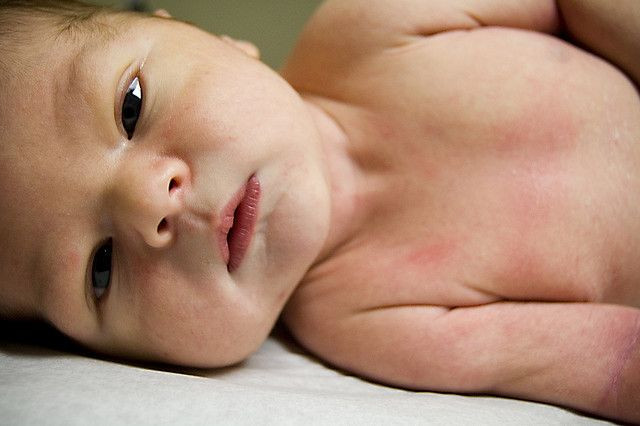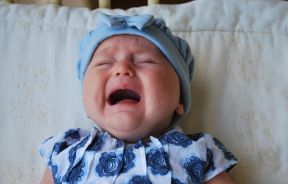ASD Diagnosis Compels Parents To Stop Having Kids; Estimates Of Risk Often Fail To Capture Decision

If your first child is diagnosed with autism spectrum disorder (ASD), you’re approximately one-third less likely to have a second child than parents whose child doesn’t carry the disorder, according to a new study released by the University of California, San Francisco.
While perhaps surprising on its own, the finding actually carries a much larger significance. ASD is already one of the least understood neurological and behavioral disorders, most gravely as its incidence has more than doubled over the last 10 years. Where the study matters most, the team believes, is in how parents and clinicians assess their risk of birthing a second child with ASD, as a failure to account for so-called “reproductive stoppage” could make the risk of autism seem lower than it actually is.
"This study is the first to provide convincing statistical evidence that reproductive stoppage exists and should be taken into account when calculating the risks for having a another child with ASD," said Dr. Neil Risch, UCSF professor of epidemiology and biostatistics and the study’s senior author, in a statement. "These findings have important implications for genetic counseling of affected families."
Using California state health records, Risch and his colleagues collected data on 19,710 families in which a child with ASD was born between 1990 and 2003. These subjects were matched with 36,215 control families, whose children do not have ASD. When they looked at birthing records and birth order, they found a reluctance to have subsequent children a full one-third less often. This was further bolstered by families whose ASD-affected children were not their first-born. Here, the effect was the same, signaling an active decision — not a reproductive problem — that led to reproductive stoppage.
Conversely, when this phenomenon was taken into account, the likelihood parents had another child increased dramatically — a jump from 8.7 percent for full siblings and 3.2 for half-siblings, up to 10.1 percent and 4.8 percent, respectively. Importantly, Risch points out, this means that the genes that predispose a child to ASD aren’t passed through families nearly as often. But there’s a critical hole in this logic: ASD diagnoses aren’t declining. They’re increasing — fast.
The Centers for Disease Control and Prevention reports that ASD diagnoses have risen consistently since the year 2000, when the prevalence hovered around one in 150 children. By 2010, however, the rate had jumped to one in 68. Boys are especially prone to ASD compared to girls, at one in every 44 boys versus one in 189 girls. Prior research has discovered that roughly 20 percent of the known factors associated with autism are genetic. Unfortunately, the majority, some combination of environmental and lifestyle factors, are not.
"ASD has an important genetic component, which should be diminishing over time due to this reduction in childbearing," Risch said. "Yet over the past several decades, the incidence of ASD has risen dramatically." Why, exactly, this is happening is perhaps the greatest mystery surrounding ASD. Science has proposed a raft of theories to explain the trend, from air pollution to the use of steroids during pregnancy. The leading cause, sadly, remains unknown.
"Unfortunately, we still don't know what causes autism, or which specific conditions make it more likely," said co-author and epidemiologist Dr. Lisa Croen. "We are hoping that further research will enable us to identify both effective treatment strategies and, ultimately, modifiable causes of the disorder, so parents won't have to curtail their families for fear of having another affected child."
Source: Risch N, Croen L, et al. JAMA Psychiatry. 2014.
Published by Medicaldaily.com



























